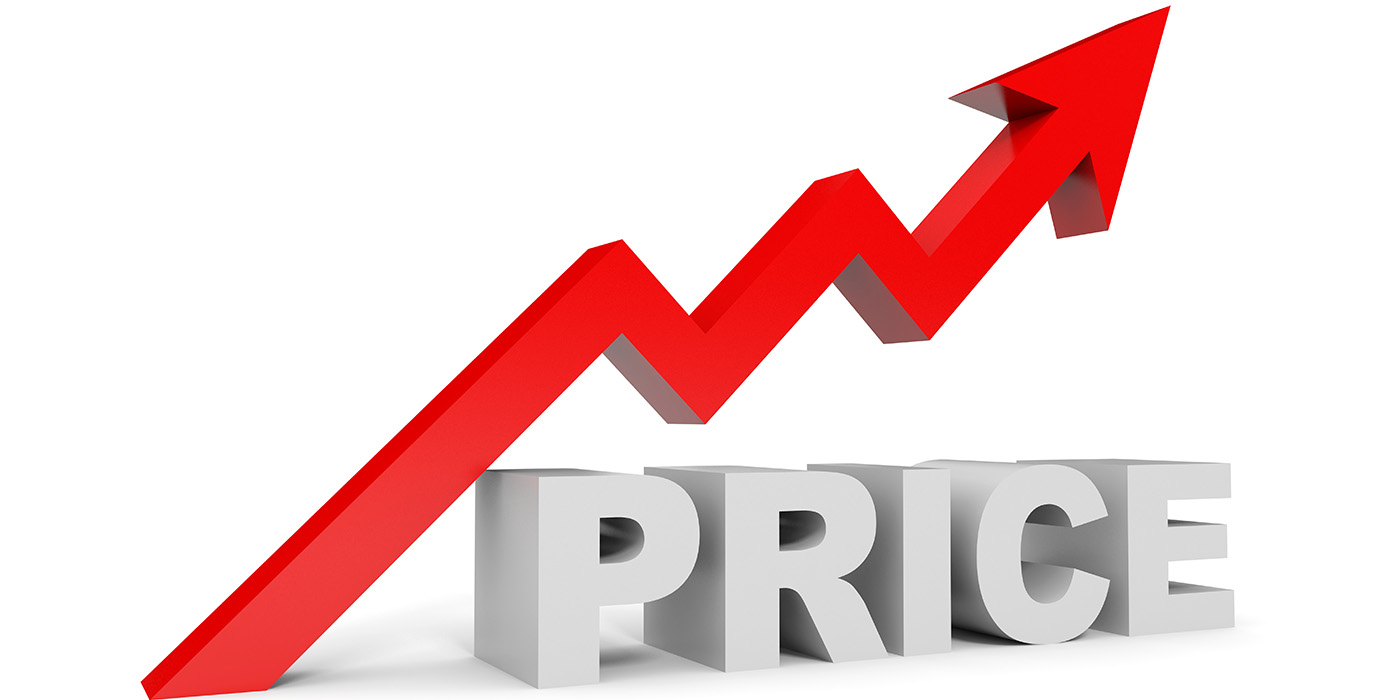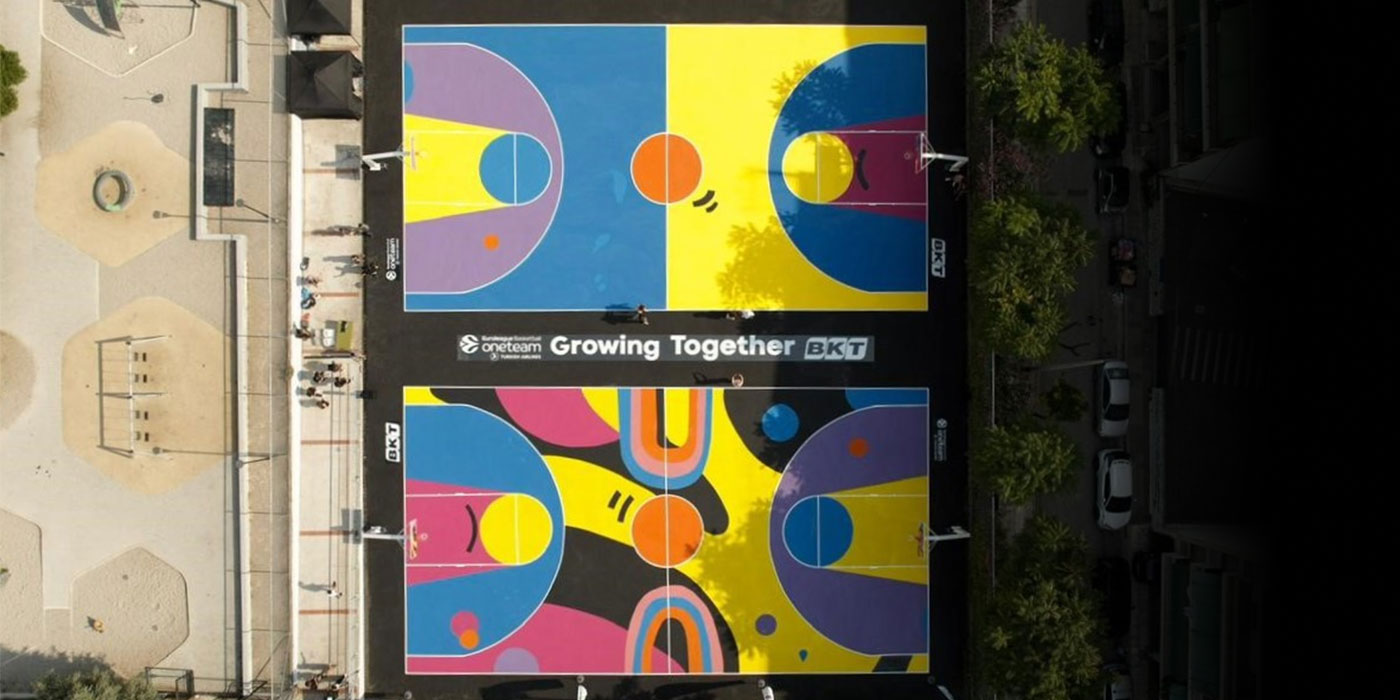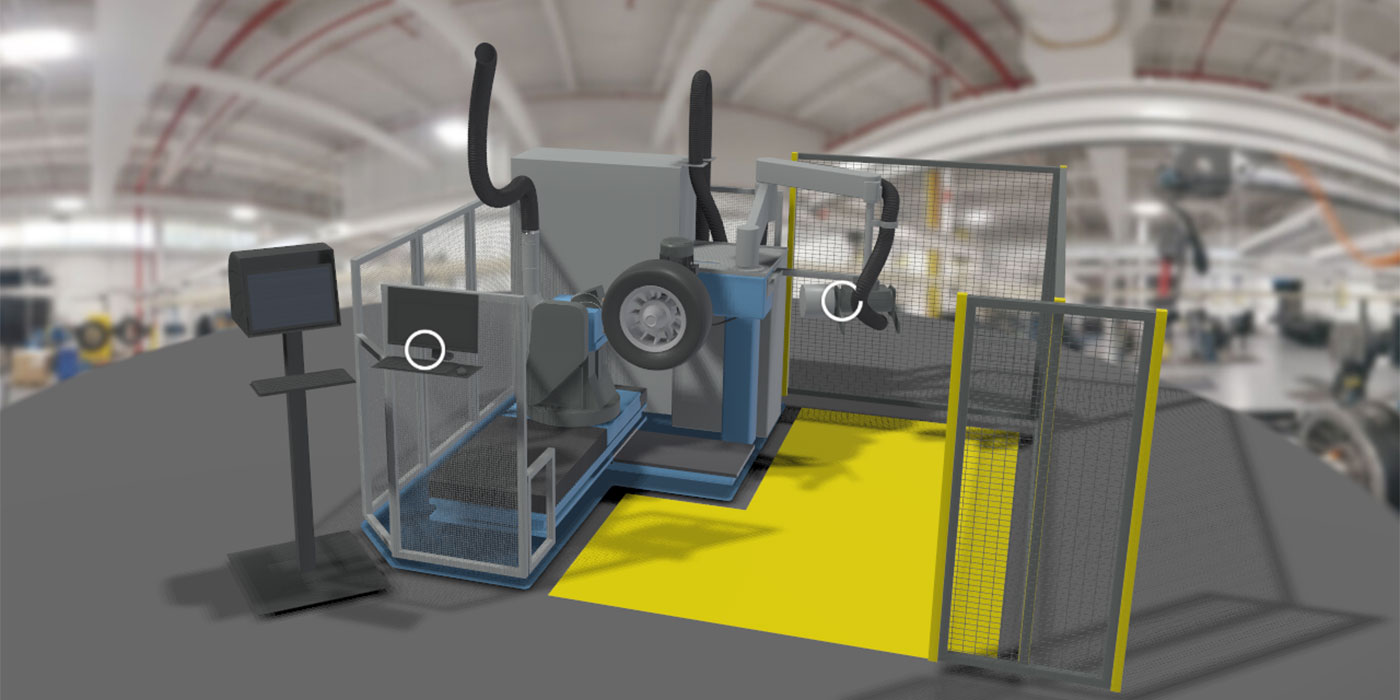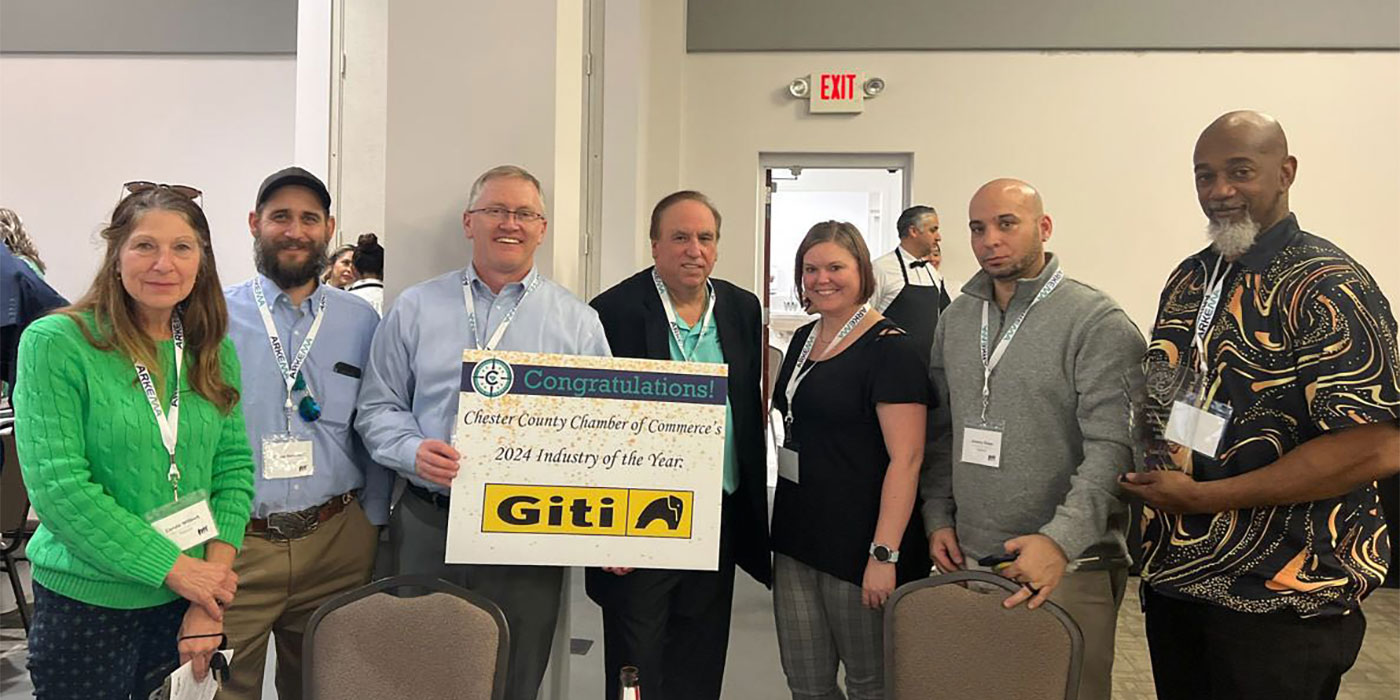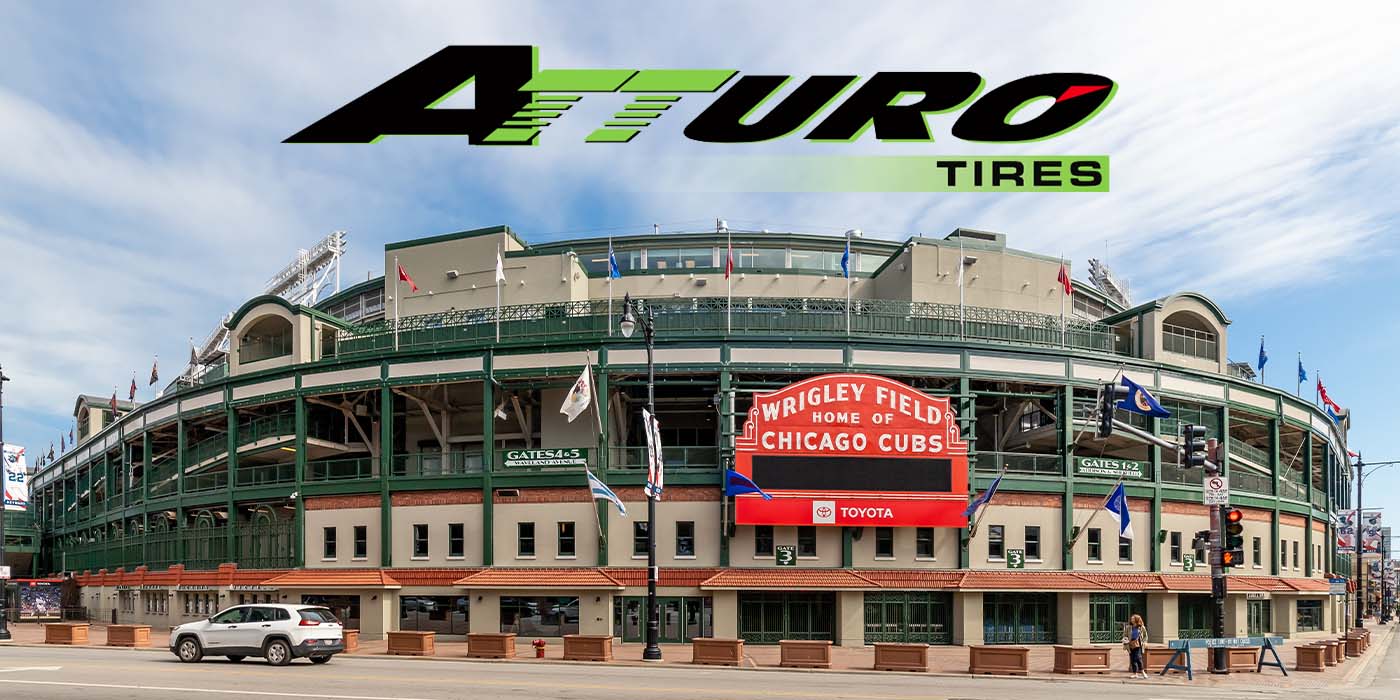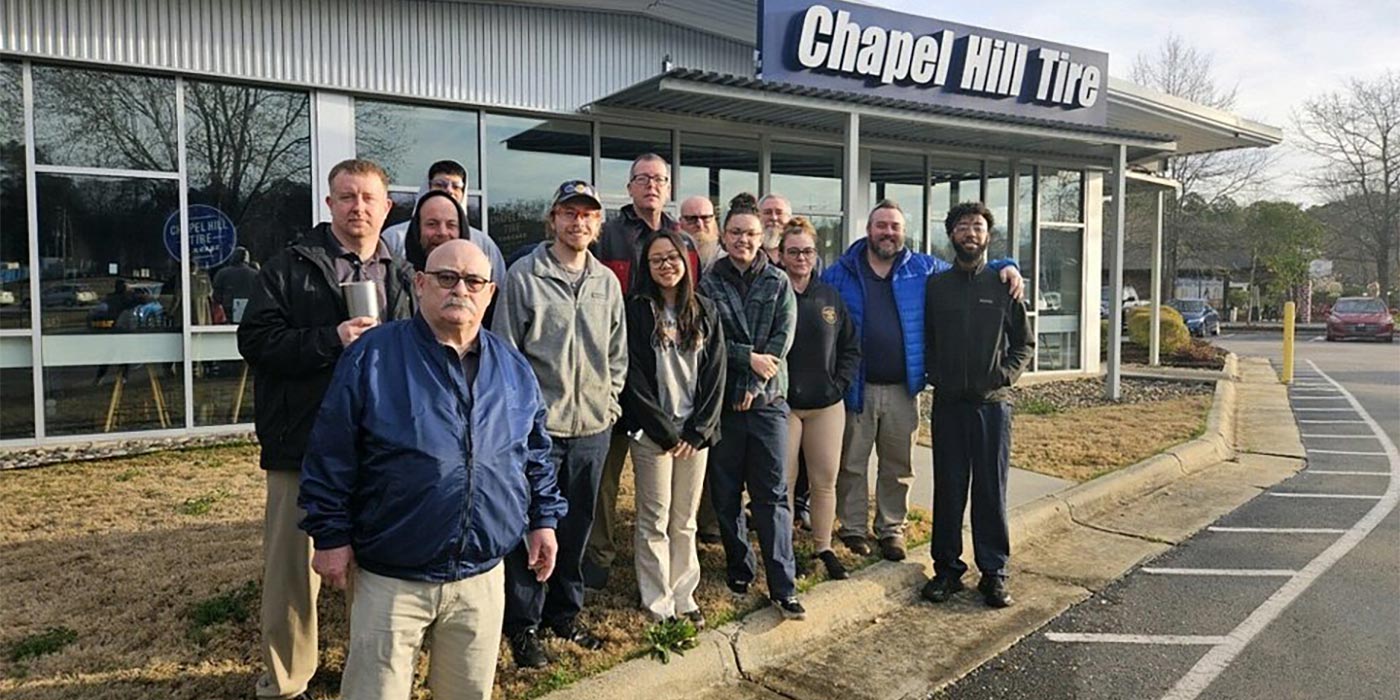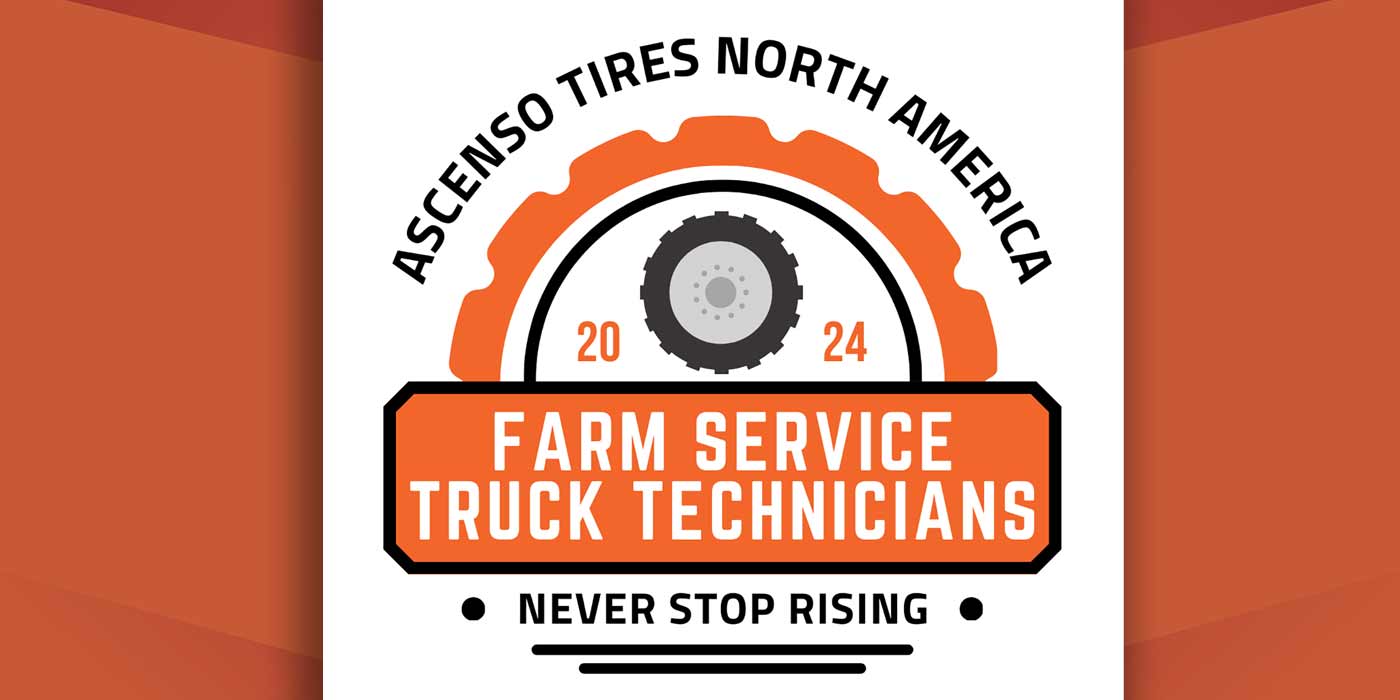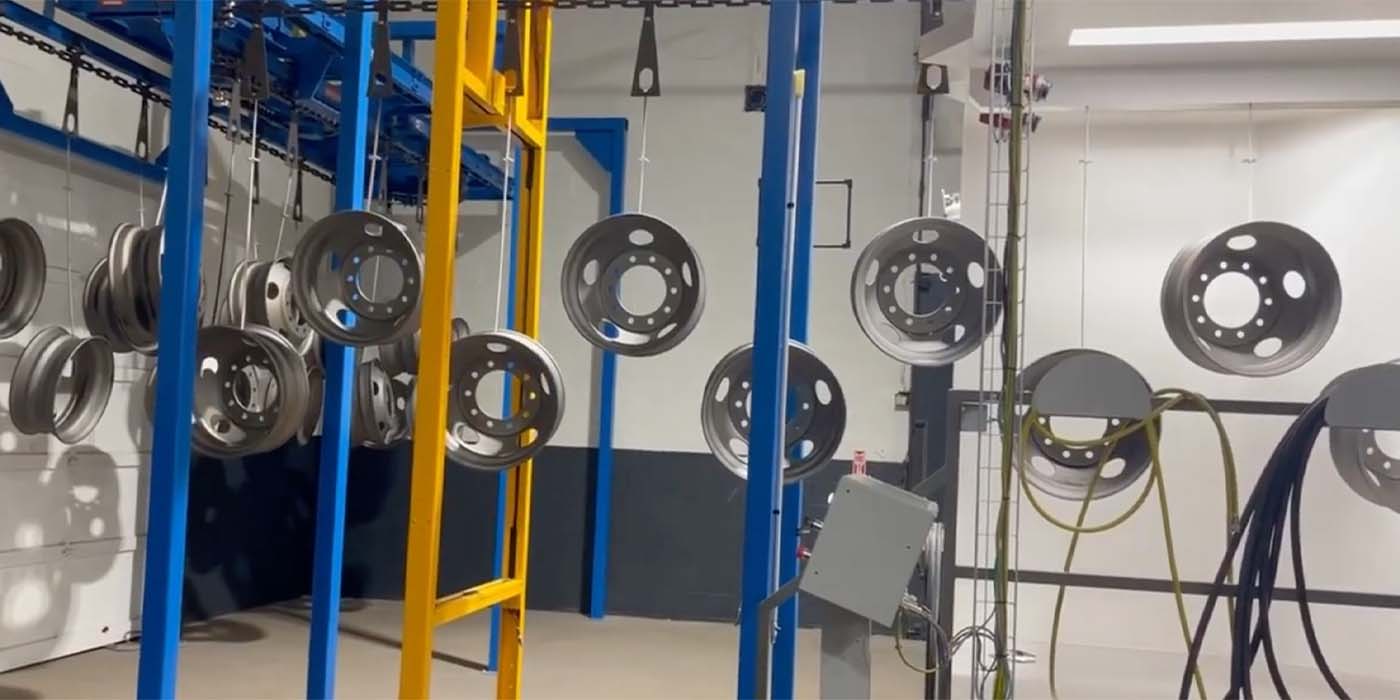(From SA Treads) – 2011 could well turn out to be the most challenging year yet, at least where the tire business is concerned. Amid rumors of one or possibly even two more new tire price hikes before the year is through, consumers justly have cause for concern. Largely driving this trend is escalating raw material costs, an alarming trend which shows no signs of abating.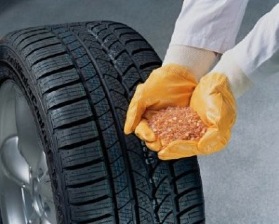
According to senior economist Jom Jacob at the Association of Natural
Rubber Producing Countries, natural rubber surged to a record high of more than SA$3.50/kg recently, due to tight supply as production in Thailand – the world’s largest producer of the material – was being curtailed by extreme dry weather. He states that the price surge of natural rubber came on the back of a prolonged drought in northern Thailand due to the prevailing El Nino phenomenon in parts of Asia.
Vice chairman of Colombo Rubber Traders’ Association (CRTA) and managing director of Kegalle Plantations PLC Sunil Poholiyadde was further reported in Sri Lanka’s Daily Mirror as saying that commodity prices as a whole have come down due to unfavorable weather conditions in the country and that these natural disasters are also affecting a main buyer, Japan. “We are heading toward the southwestern monsoon, where tapping will end. However, we don’t see a drastic drop in prices,” he said, before reinforcing that the present supply cannot meet both local and international market demands due to low production capacities in Thailand.
To make matters worse, the rise in natural rubber prices was adding pressure to the tight synthetic rubber market, which was beset by spikes in cost of feedstock
butadiene (BD), industry sources say. Apparently, BD prices have climbed by more than SA$200/ton over the last few months to around SA$2,000/$2,050/ton
CFR (cost and freight), according to global chemical market intelligence service, ICIS pricing.
The price increase is likely to lift costs for manufacturers that are heavily dependent on the commodity, particularly tiremakers, industry sources predict, and the use of synthetic rubbers as an alternative may not offer much comfort since prices have also started to run up. Major synthetic rubber makers around the world remain convinced that global synthetic rubber prices may surge on likely strong orders from tiremakers looking for a cheaper alternative raw material to natural rubber.
But, according to A.F.S. Budiman, secretary-general of the International Rubber Study Group, with demand for elastomers, both for synthetic rubber as well as natural rubber, continuously increasing at a rate of 3%-4% per year, substituting with synthetic rubber may not offer much respite, particularly as SBR is a petroleum derived product.
“Natural rubber prices are going up so sharply that synthetic rubber makers have no choice but to raise their prices further,” claims a Chinese SBR maker, “especially that natural rubber and synthetic rubber prices usually move in tandem. They are traditionally interdependent substitutes.”
Closer to home, the new tiremakers offer their interpretation of the situation: “With the positive development of car and truck production worldwide in the last 15 months the demand for tires also increased. This has led to a massive
increased demand for natural rubber. At the same time the supply of rubber is reducing due to natural disasters in the main producing countries and political unrest in other countries such as Liberia. So demand grows while supply reduces,” suggests Dieter Horni, managing director of Continental Tyre SA. “Added to that, natural rubber has become somewhat of a commodity that’s good for speculation, especially in Asia.
“As for SBR, again it’s a question of supply and demand. During the recession, car manufacturers reduced their inventories and the demand for new vehicles reduced. Now that the economy is showing signs of recovery and the need to protect cash flow is less strong, we are beginning to see an increase in their inventories once again.
“And then there’s the issue of fixed pricing. The Chinese government has fixed the price for natural rubber at a minimum of SA$4/kg from the SA$2.50/kg mark where it originally stood, again due to high demand.”
Georg Schramm, head of sales and channel development, along with Gareth Passmore, head of marketing for Apollo Tyres South Africa, add: “OE fitment was up by 8% globally in 2010 and is still growing this year despite the impact of Japan’s tsunami disaster on manufacturers such as Toyota. Demand for tires used in replacement fitment is growing, too. In short, the global tire market grew by about 9% in 2010 and we expect to see similar growth this year. At the same time, drought and heavy rains in most rubber plantation areas has reduced output significantly (Thailand’s rubber production in 2010 was off by as much as 5%.)
“Rubber production is expected to lag for about two years so the combination of increased demand and reduced output is producing record prices for natural rubber which obviously will have an effect on the price of finished goods,” the Apollo men said. “And of course as a petroleum product, styrene butadiene rubber (SBR) is obviously also affected by the current surge in oil prices, so yes, until things settle down in the crude markets, we can expect elevated synthetic rubber prices too.”
Lize Hayward, group public relations manager for Goodyear SA, adds: “Usage is increasing globally as economies recover from the recession and emerging markets continue their growth. “Luckily, however, and despite the perception that supplies will tighten, Goodyear continues to enjoy an ample supply to support its business needs.”
That said, Goodyear is in agreement that general inflation and the impact of higher oil prices are impacting natural as well as synthetic rubber but also stress that products across the board are being affected, not only tires.
To compound the situation, escalating raw material prices are not the only things impacting on tire prices, according to Schramm and Passmore. They claim that margins for the SA tire manufacturers and indeed for the global tire market as a whole, remain under pressure due to the continued influx of cheap imported
product.
Says Schramm: “The U.S. has introduced a 35% tariff on imported products (from China) to provide their manufacturers with some protection but the SA market remains largely unregulated, which means this margin pressure is likely to continue for the foreseeable future.
“The rising cost of steel used in steel belt radial tires is another major factor and this despite increased crude steel output worldwide. The cost of steel production has risen internationally and this is obviously being passed on to us as refined steel consumers.”
Manufacturers Take Action
To cushion some of the blow, the four local tiremakers are constantly looking at ways to alleviate some of the financial pressure on the consumer.
“Tire markets worldwide are very price sensitive, which means that as a manufacturer, you are constantly compelled to take measures against increasing costs of production, distribution and the like. This is over and above the issue of raw material prices,” says Horni.
So why not plant more rubber trees, one might well ask? “Access to one’s private caoutchouc (natural rubber) tree will not solve the problem,” claims Horni. “It takes up to seven years to reach your first harvest and even then you are reliant on climatic conditions, which could wreak havoc with your plant. As for other raw materials, they too are subject to demand from other industries, thereby pushing up the cost of mining.
“The big challenge for us in the future will be to find alternatives for certain compounds which are environmentally friendly, sustainable and offer regrowth where possible whilst also delivering the same quality or better, at a cheaper production price.”
Alternative raw materials are very much the focus with Goodyear as well, with Hayward claiming that the company is actively pursuing different options such as Biolsoprene as a substitute to SBR. Apollo agrees. “Ongoing Research and Development is absolutely critical. Manufacturers need to experiment with new compounds and new technologies that utilize less expensive raw materials or prolong the life of the tire. Only then can they ensure consumers get the best return on the price they are paying for an increasingly expensive product. It’s a major focus area for the Apollo Tyres development teams both locally and
internationally,” say Schramm and Passmore.
Protecting the Consumer
According to Continental, the likelihood of a further price hike later in the third quarter is a strong possibility. “We have already increased our prices twice this year (January and May) and it’s possible we may have to react in a similar fashion later on this year,” says Horni. “It depends on the development of the different raw materials such as natural rubber, crude oil, steel, carbon black to name but a few, as well as on the price development for electricity, steam fuel and transportation. And let’s not forget the development of wages and salaries, which traditionally, are the main drivers of price hikes.
Also likely to impact, he further maintains, are political issues such as the latest Libyan crisis. As one of the main suppliers of oil to Europe, Libya’s inability to deliver could have an equally massive impact on raw material prices.
“Obviously some of these costs will have to be passed onto the consumer,” states Apollo’s Passmore, “but the key here is to ensure that fair price increases – in line with rising raw material and labor costs – are passed down the chain, from us as the manufacturer, to our dealers and in turn, to the end-user. Our policy of incremental increases in line with fluctuating production costs can also help cushion the consumer from the shock of the ‘one big increase.’”
As for Goodyear, their focus remains on seeking to offset higher raw material costs with price and mix, rather than just price. “We are also working to reduce costs throughout our organization as much as we can,” adds Hayward.
“The one positive thing to bear in mind is that without passing down costs to the end-users, tire manufacturers are unable to invest in new technologies,” claims Passmore, “technologies which in the end, stand to not only extend the life of the tire, but more importantly perhaps, boost the safety features of one of your vehicle’s most vital components – your tires, which in effect serve as your only contact with the road.”
[SA Treads Editor Note: Bridgestone SA was approached for comment but declined the invitation.]


